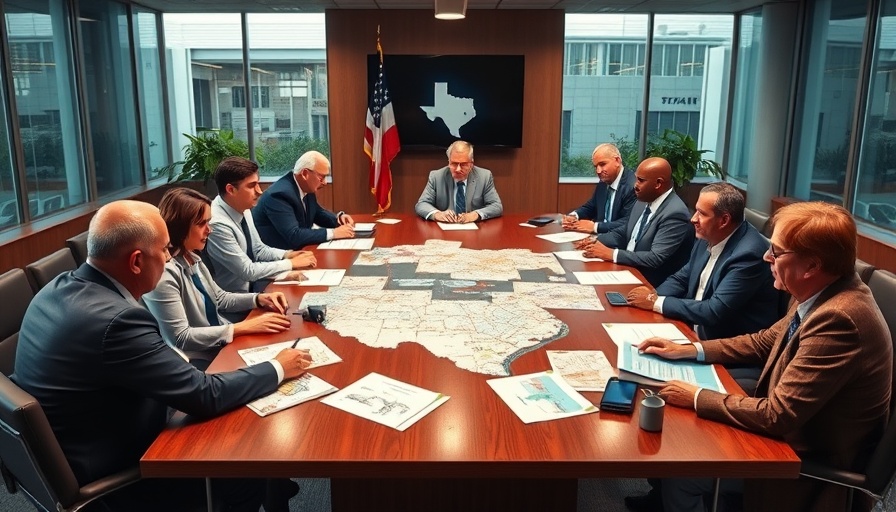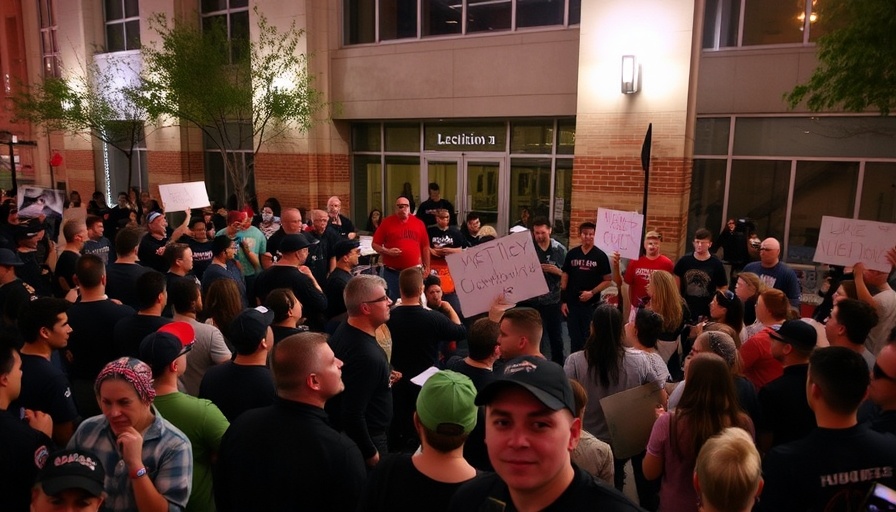
The Controversies Surrounding Texas Redistricting Hearings
The Texas House's recent redistricting committee hearing in Houston has sparked significant criticism, particularly from Democratic legislators. The central concern revolves around the absence of Congressional district maps during a public testimony session. Despite the hearing's objective to solicit local residents' feedback on potential changes to nearly a handful of congressional districts—predominantly held by Black or Latino Democrats—attendees found themselves in an unusual position: voicing concerns without any maps to discuss.
The committee's chair, Cody Vasut, defended the decision by stating that subsequent hearings would occur once the maps are finalized. This raised eyebrows among many, especially state Rep. Senfronia Thompson, who openly contradicted Vasut's assertions about the purpose of the session. “I just want to advise the public that they would not be testifying on a revised congressional redistricting plan, because there is no revised congressional redistricting plan,” she announced. Such remarks encapsulated the frustrations surrounding a process that many residents and lawmakers view as untransparent.
Understanding the Redistricting Process
Redistricting is an essential process that occurs every ten years following the census, whereby states are required to redraw electoral district boundaries. In Texas, heightened scrutiny surrounds redistricting due to allegations of gerrymandering—manipulating district lines to favor one political party over another. Hence, the absence of clear, publicly available maps adds a layer of distrust among constituents, particularly since congressional districts are critical in determining political representation.
As the current redistricting process progresses, the lack of maps has become more than a mere procedural issue; it underscores a profound concern over democratic participation. Attendees expressed their desire for ample review time once the proposed maps are available before any votes take place. Longtime resident Jerome Wald stated, "I wish that this Legislature were working on redistricting fairness rather than gerrymandering." His call for transparency highlights the need for a process that considers the views of those it directly impacts.
The Voices of Concerned Citizens
The hearing, attended by many who had signed up to voice their opinions, became a forum for criticism towards the handling of redistricting. Local leaders such as U.S. Rep. Sylvia Garcia made it clear that residents felt sidelined in the decision-making process. She adamantly noted, “My answer is hell no, we don't need to be doing this,” in response to the need for a redistricting discussion at this juncture.
Importantly, the legislative action to redistrict correlates with Governor Greg Abbott's push to enact about 30 items in a special session, further complicating the timeline and urgency surrounding map creation. Such political maneuvering shifts the focus from citizen engagement to political expediency, which could dilute the voices of those most affected by these changes.
Future Implications and the Call for Fairness
If redistricting continues without adequate public engagement, voters could face long-term implications in representation and access to their elected officials. Critics emphasize that fair processes are necessary to safeguard against future injustices that disenfranchise certain demographics. As this session unfolds, the call for accountability and fairness in redistricting will remain vital.
Residents and advocacy groups are urged to stay vigilant, ensuring their voices are heard in future hearings and emphasizing the importance of transparency. Understanding the implications based on the existing dynamics can empower constituents to demand a system that is genuinely reflective of the diverse populations across Texas.
Moving Forward: Next Steps for Texas Voters
As Texas enters critical discussions on redistricting, it is crucial for voters to keep informed about upcoming hearings and proposed maps. With local voices promising to play an active role in future discussions, residents are encouraged to engage with their local representatives and advocate for transparency and public participation. Their involvement will determine the shape of Texas congressional representation for the next decade.
In conclusion, the current redistricting process serves as a crucial test of Texas political engagement and fairness. As citizens navigate the complexities of this significant issue, their voices must be heard loud and clear. Only through informed participation can the citizens of Texas ensure that their interests are prioritized in the final congressional map.
 Add Element
Add Element  Add Row
Add Row 



Write A Comment